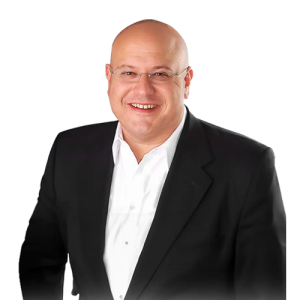Platelet-Rich Plasma (PRP) therapy is a medical treatment that utilizes components derived from a patient’s own blood to promote healing and regeneration in various areas of the body, including skin rejuvenation, hair restoration, and injury recovery. PRP contains a high concentration of platelets, which are rich in growth factors that stimulate healing and tissue regeneration.
How Does PRP Work?
- Blood Collection: A small amount of blood is drawn from the patient, typically from the arm.
- Centrifugation: The blood is placed in a centrifuge, which spins at high speed to separate its components. This process isolates the platelet-rich plasma from other blood components.
- Injection: The concentrated PRP is injected into the targeted area, such as the scalp for hair restoration or the skin for rejuvenation.
- Healing and Regeneration: The growth factors in PRP promote cell proliferation, collagen production, and tissue repair, leading to improved outcomes in the treated area.
Benefits of PRP Therapy
- Natural Healing: Since PRP is derived from the patient’s own blood, there is minimal risk of allergic reactions or complications.
- Non-Surgical Option: PRP therapy is a minimally invasive procedure that does not require surgical intervention or lengthy recovery times.
- Versatile Applications: PRP can be used for a variety of treatments, including hair restoration, skin rejuvenation, and recovery from injuries.
- Long-Lasting Results: Many patients experience significant improvements in their condition that can last for several months or longer.
Applications of PRP Therapy
- Hair Restoration: PRP is commonly used to treat androgenetic alopecia (male and female pattern baldness) by stimulating hair follicles, promoting hair growth, and increasing hair thickness.
- Skin Rejuvenation: PRP can improve skin texture, tone, and elasticity. It is often used in conjunction with microneedling to enhance results and reduce signs of aging.
- Injury Recovery: Athletes and individuals with sports injuries may use PRP therapy to speed up healing in tendons, ligaments, and muscles.
- Acne Scarring: PRP can help reduce the appearance of acne scars by promoting skin healing and regeneration.
Who Is a Candidate for PRP Therapy?
Ideal candidates for PRP therapy typically:
- Are in good overall health and do not have any medical conditions that could complicate treatment.
- Have realistic expectations about the outcomes and understand the procedure’s limitations.
- Are experiencing hair loss, skin aging, or injury recovery issues.
Treatment Process
- Consultation: A healthcare provider evaluates the patient’s condition, discusses goals, and determines suitability for PRP therapy.
- Preparation: Instructions for pre-treatment care are provided, which may include avoiding certain medications or supplements.
- Procedure: The entire process, including blood draw, processing, and injections, typically takes about 1-2 hours.
- Recovery: Patients may experience mild swelling or discomfort at the injection site, but most can resume normal activities shortly after treatment.
Risks and Side Effects
While PRP therapy is generally safe, potential risks and side effects include:
- Injection Site Reactions: Mild pain, swelling, or bruising at the injection site.
- Infection: Although rare, there is a risk of infection.
- Temporary Hair Shedding: Some individuals may experience a shedding phase before new hair growth occurs.



